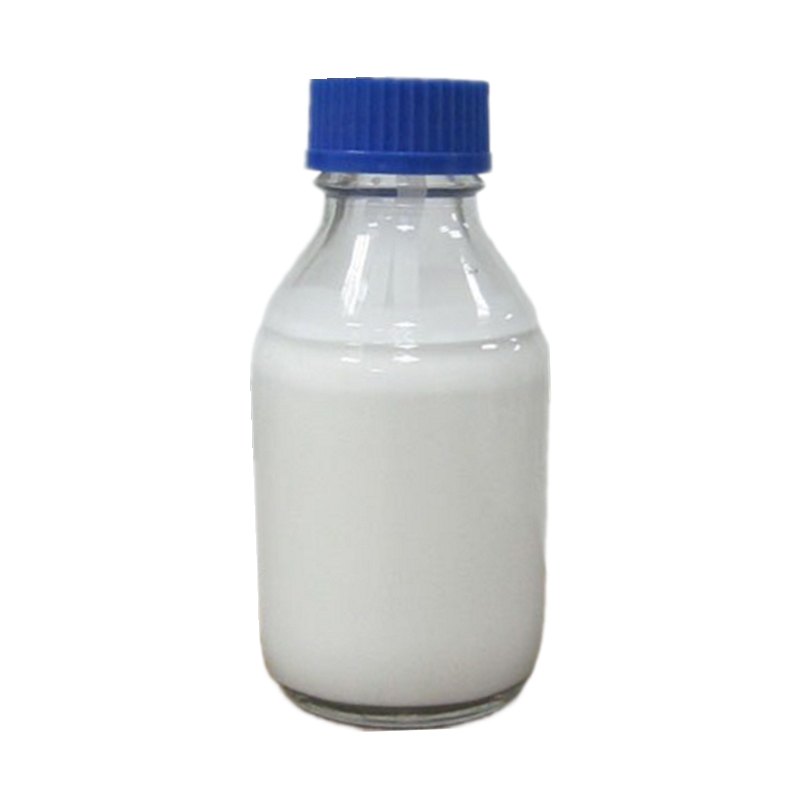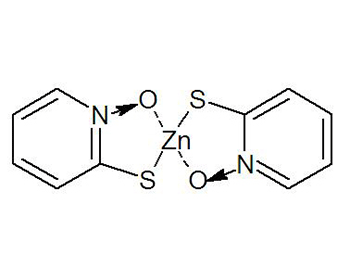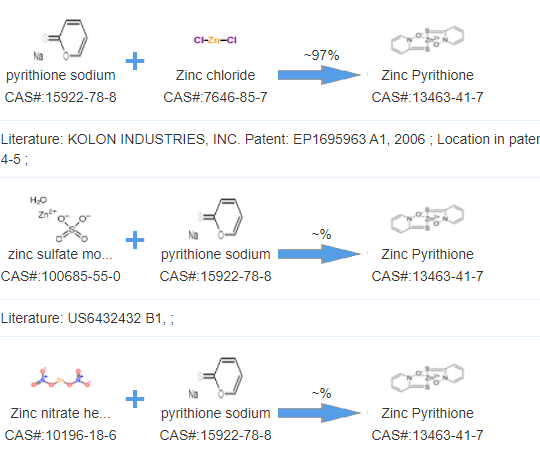


| Item | Index |
|---|---|
| Appearance | white latex |
| Assay | 48~50%/td> |
| Melting Point | ≥250℃ |
| Particle D10: D50: D90: |
≥0.19μm 0.37~0.53μm ≤2.0μm |
| Packing | in 25kg / plastic bucket |
|---|---|
| Storage | 20℃, 2 years. |
| Shipping | Room temperature in China; may vary elsewhere |
Tel: 0086-25-52397805
E-mail: info@liwei-chem.com


| Common Names | Zinc Pyrithione 50% Suspension | ZPT 50% | Bis(1-hydroxy-2(IH)-pyridineselonato-O,S)zinc | ||
|---|---|---|---|
| Structure |

|
||
| CAS No. | 13463-41-7 | Boiling Point (℃) | 253.8ºC |
| Molecular Weight | 317.722 | Melting Point (℃) | 262ºC |
| Appearance | white powder | Vapor Specific Gravity | 1.782 g/cm3 |
| HS Code | 2933990 | Flash Point (℃) | 107.3ºC |
| Solubility | Insoluble in water | Autoignition Temperature (℃) | |
| Safety Phrases | |||
|---|---|---|---|
| RIDADR | UN 3082 | ||
| WGK Germany | |||
| Packaging Group | III | ||
| Hazard Class | 9 | ||
| SYMPTOMS | PREVENTION | FIRST AID | |
| Inhalation | Cough. Sore throat. | Use local exhaust or breathing protection. | Fresh air, rest. |
| Skin | Redness. Burning sensation. Itching. | Protective gloves. | Remove contaminated clothes. Rinse and then wash skin with water and soap. |
| Eyes | Redness. Pain. | Wear safety goggles. | First rinse with plenty of water for several minutes (remove contact lenses if easily possible), then refer for medical attention. |
| Ingestion | Abdominal pain. Nausea. Vomiting. | Do not eat, drink, or smoke during work. Wash hands before eating. | Rinse mouth. Induce vomiting (ONLY IN CONSCIOUS PERSONS!). Refer for medical attention. |

What is Zinc Pyrithione 50% Suspension?
Zinc pyrithione is also known as zinc pyrithione and zinc omadine. This zinc complex was synthesized as early as the 1930s and used as a topical antifungal or antibacterial agent. It is white to yellow crystalline powder at room temperature. Slightly characteristic odor. Insoluble in water. Zinc pyrithione forms insoluble precipitates with cationic and nonionic surfactants, is unstable to light and oxidants, and is unstable to acids and alkalis at higher temperatures. It is incompatible with EDTA, and nonionic surfactants will partially inactivate it. In the presence of heavy metals, chelation or anti-chelation occurs, and these chelates are poorly soluble in water.
EEC and GB7916-87 stipulate that the maximum allowable concentration of zinc pyrithione in cosmetics is 0.5%, and it is only used in products that are washed off after use. The first-stage use concentration is 250-1000mg/kg (active substance), which can be used in gels, creams, lotions, powders, and anti-dandruff shampoos, as well as in deodorant and disinfection products.
ZPT-50 is an ultrafine aqueous suspension of zinc pyrithione. Zinc pyrithione 50% suspension has been used in the shampoo industry for over 30 years. It has a definite anti-dandruff effect and is the most used anti-dandruff agent globally. Its anti-dandruff mechanism is based on a strong inhibitory effect on the dandruff-producing fungus Pityriasis ovale. The emergence of ZPT-50 with ultra-fine particle size increases the anti-dandruff effect and solves the problem of precipitation.
Use
Zinc pyrithione products is used in shampoos to remove dandruff and can inhibit the growth of Gram-positive and negative bacteria and molds. It can effectively care for hair, delay the aging of hair, and control the occurrence of gray hair and hair loss. Zinc pyrithione ZPT has strong killing power against fungi and bacteria and can effectively kill dandruff-producing fungi and play an anti-dandruff effect. Zinc Pyrithione ZPT is well known in the shampoo industry as an anti-dandruff agent with a long history and is used by many well-known brands. Zinc pyrithione ZPT is also widely used as a cosmetic preservative, oil agent, pulp, paint, and fungicide.